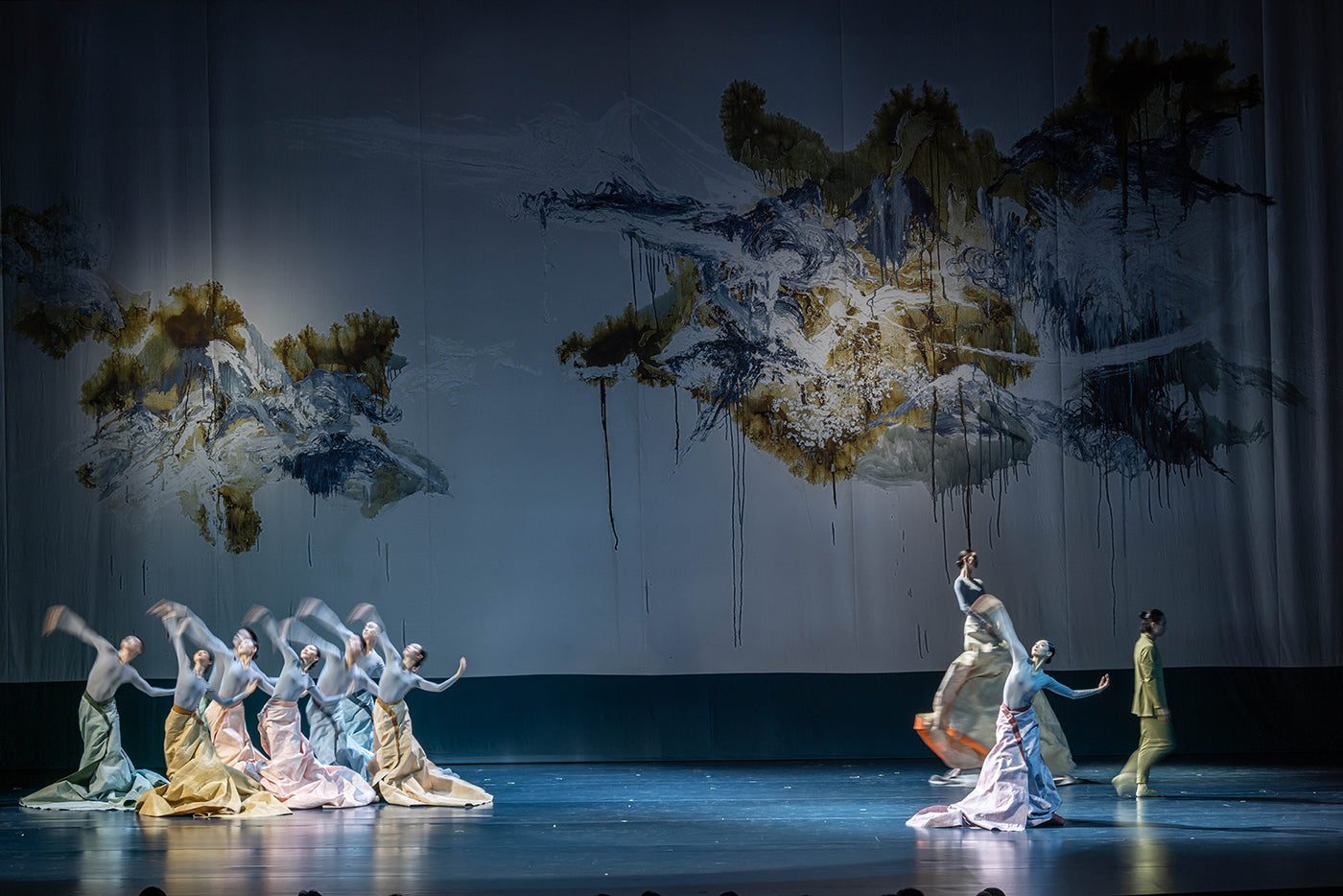Talent Time
It’s “Nutcracker” season at San Francisco Ballet—36 performances packed into three weeks—which means that the company is currently serving two distinct audiences.
Continue Reading
World-class review of ballet and dance.
Nine hundred years ago in China, a renowned poet-artist named Su Dongpo (1037-1101) lived in Meishan, a city in Sichuan Province. He lived during the Song Dynasty, a prosperous period known for the proliferation of poetry and sophistication in visual arts underpinned by classical Chinese philosophy. Today, everyone in China knows Su Dongpo’s poems—children memorize them in school and sing them as songs. In the poet’s hometown, now a modern day city of about 3 million people, a dance company formed in 2020 called Meishan Song and Dance Theatre. As inheritors of the Dongpo legacy, the company wanted to create a work around their cultural icon, but they had no one equipped for the epic challenge. So they approached the Beijing national arts team at China Oriental Performing Arts Group Co., Ltd., known for their large-scale productions using an artistic paradigm to promote cultural learning and exchange. The Beijing group recommended famed Chinese choreographer and visual artist Shen Wei from their experience working with him on the opening ceremony of the 2008 Olympics held in Beijing. In 2021, they began work on “Dongpo: Life in Poems,” and the production premiered in Shanghai in 2023. With additional support from the American Dance Festival, the show recently premiered in North America at Washington, D.C.’s Kennedy Center and then in New York at Lincoln Center.
Performance
Place
Words



“Uncommonly intelligent, substantial coverage.”
Your weekly source for world-class dance reviews, interviews, articles, and more.
Already a paid subscriber? Login

It’s “Nutcracker” season at San Francisco Ballet—36 performances packed into three weeks—which means that the company is currently serving two distinct audiences.
Continue ReadingLast week I caught up with choreographer Pam Tanowitz and Opera Philadelphia’s current general director and president, countertenor Anthony Roth Costanzo to talk about “The Seasons,” the company’s latest production premiering at the Kimmel Center’s 600-plus seat Perelman Theater on December 19.
Continue ReadingIf Notre-Dame remains one of the enduring symbols of Paris, standing at the city’s heart in all its beauty, much of the credit belongs to Victor Hugo.
Continue ReadingWhen dancer and choreographer Marla Phelan was a kid, she wanted to be an astronaut. “I always loved science and astronomy,” Phelan said.
Continue Reading
comments